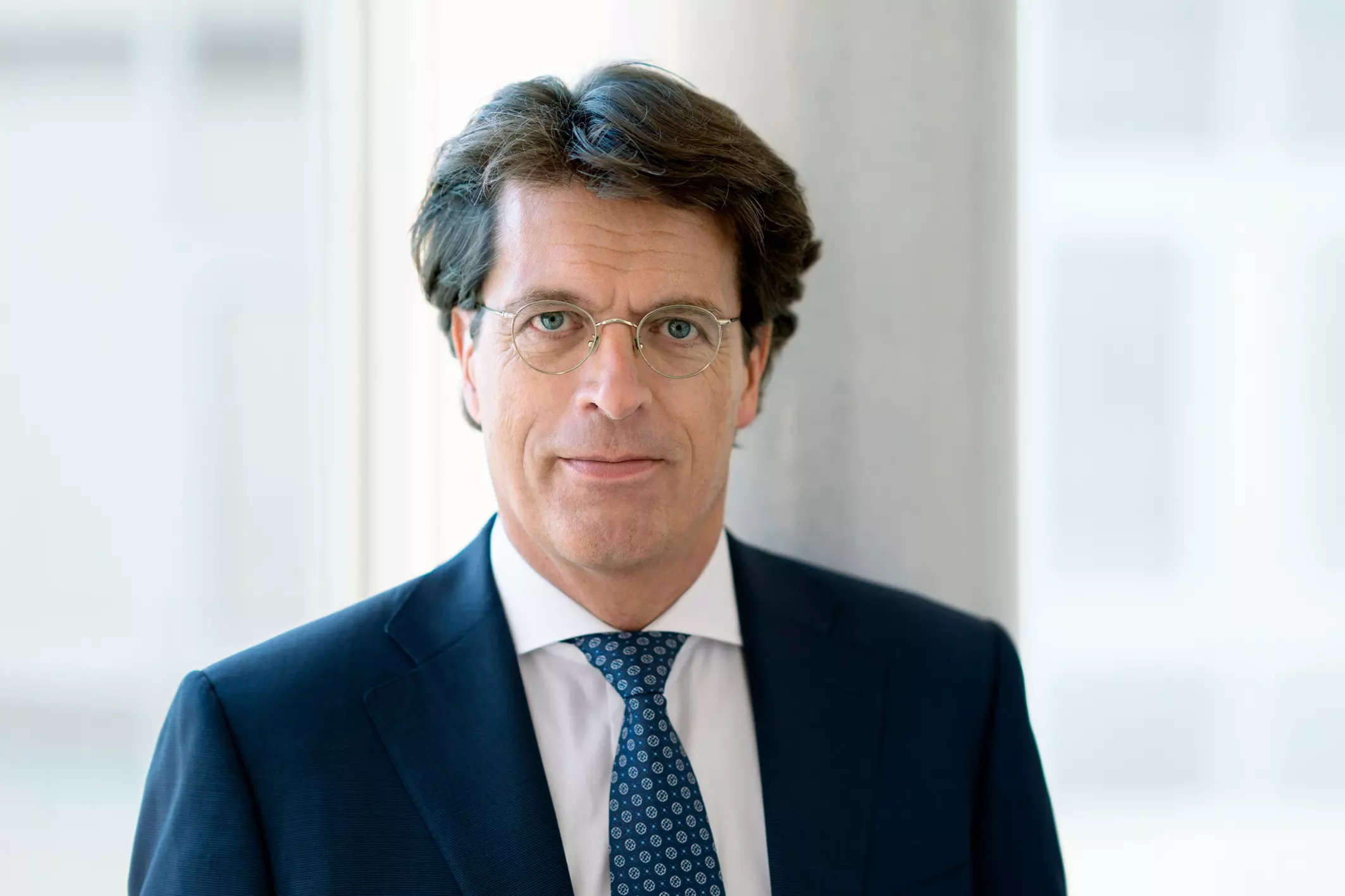
The various geopolitical, and policy developments across the world is causing the German Tier1 supplier Schaeffler to relook at its investment strategy. The most recent among them being USA’s Inflation Reduction Act which encourages local manufacturing, among other goals. “We traditionally have invested the largest part of our five-year capex plans, in Europe. I think that is going to shift,” Klaus Rosenfeld, Schaeffler’s global CEO, told ETAuto during a day-long visit to India.
“EUR 250 million (over INR 2,200 crore) is a good number to invest in India over the next 3-5 years. In the past few years, Schaeffler has invested EUR 40 million (over INR 350 crore) on an average in India, but we’re going to step that up,” the Schaeffler global CEO said.
While the Inflation Reduction Act will result in a significant chunk of investment shifting to the USA, India’s Production Linked Incentive (PLI) Scheme will attract more investment from Schaeffler than what it may have perhaps invested otherwise. Schaeffler is one of the 75 auto component manufacturers approved under the PLI scheme.
“If I look back 5 to 10 years, we have built sort of a proper position here and it’s now the time to think how we can bring it to the next level,” he said. The EUR 16-billion Schaeffler earns a little over 40% of its revenue from Europe. The Americas, and China follow in terms of business size. Asia-Pacific, with India as its biggest part, is its smallest business region currently, but Rosenfeld says, “Asia has room to grow”. In 2022, the Asia Pacific region contributed 13% of Schaeffler’s global sales.
Schaeffler India clocked revenue of over INR 6,800 crore during the last financial year, with almost equal contribution from its automotive, and industrial businesses. The company has four plants. Schaeffler Technology Solutions India, a global technology development centre in Pune, which saw an investment of Euro 10 million, was added last November. A wholly-owned subsidiary of Schaeffler AG, the technology centre is part of the company’s E-mobility division.
E-mobility: a big business opportunity
Schaeffler expects the global automobile industry to comprise 40% BEVs (Battery Electric Vehicles), 40% hybrids, and 20% ICE vehicles by 2030. Rosenfeld is bullish about the EV industry in India too, though it may not be as significant as 40% of total industry volumes. He expects the EV market to cross that inflection point this year. “When we sit here in two years, maybe again and see each other, maybe we will recall 2023 was the breakthrough year for BEVs in India,” he said.
Last financial year, India’s EV market crossed the million unit sales mark for the first time, with 2- and 3-wheelers having the lion’s share. The electric passenger vehicles segment, currently at a nascent stage, is witnessing a strong growth rate. Sales in this market grew from only 9,000 units in 2019, to 41,600 units in 2022.
In its annual financial results for 2022, Schaeffler reported a record Euro 5 billion order intake for its e-mobility business, a 56% jump from Euro 3.2 billion in 2021. The previous best was Euro 4.1 billion in 2019.
Among Schaeffler’s multiple products for EVs, a 2-speed transmission for 2 and 3-wheelers has been developed in India. “I think India has a unique opportunity here if they get it right to build this EV market, and we want to be part of this. If you put manufacturing and the EV opportunity together, then the answer to this is to invest more in India and make sure that you have the supply chain ready here,” Rosenfeld said. And much of the projected investments could be fuelled by the growth of the Indian EV industry in the coming years.

















